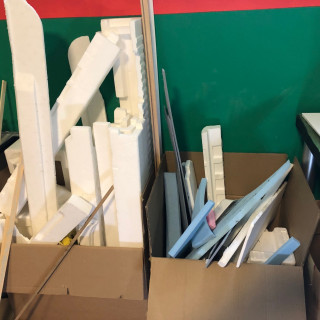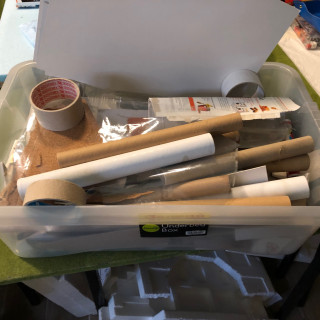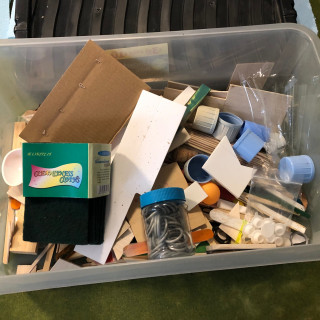
Spring Clean Maurice
What's this all about?
For those unfamiliar with “Maurice”, it is a set of wargames rules for battles in the 18th century or as Sam Mustafa says, “War in the Age of Gentlemen and Philosophers”. It is an ideal set for “imaginations” a favourite for the period around and including the Seven years War.
It is not scale specific but I think lends itself nicely to the 10mm scale so the larger confrontations can be played as well as the smaller skirmishes between the many warring states.
The rules require a unit to comprise 4 bases of any frontage, as it is the frontage that regulates movement, firing distances, charges and for the purpose of this Spring Clean challenge, recommended sizes of terrain.
So my challenge is to paint a couple of armies, and make the necessary terrain based on Sam’s guidelines and using whatever materials I can gather from here (I am living in North Macedonia) which has no “hobby shops” as people in Europe would expect to be able to visit. So I will use what materials I have gathered over the months to create this world.
The recommended sizes of the main terrain types from Sam’s book is as follows (note sizes are based on base widths which in my case is 30mm – bases are 30×20). There are minimum/maximum dimensions which are measured across the centre of the feature. Hills and Woods and Lakes can be on round/oval bases, Towns are ideally on square/oblong bases.
Roads are 1 base width wide = 3cm
Streams also 3cm wide
Town 6cm – 12cm
Hills 12-24cm
Marsh 6-12cm
Wood / Rocky ground / Fields 12-18cm
I will use card or similar for the bases of the terrain features unless I can find a source of plastic card or something similar. And THIS is what I’ll try to make the features from.
I hope you will enjoy this journey into somewhat unknown territory to me. (I’ll also post pictures as I go for both the terrain and figures.)











































































Leave a Reply